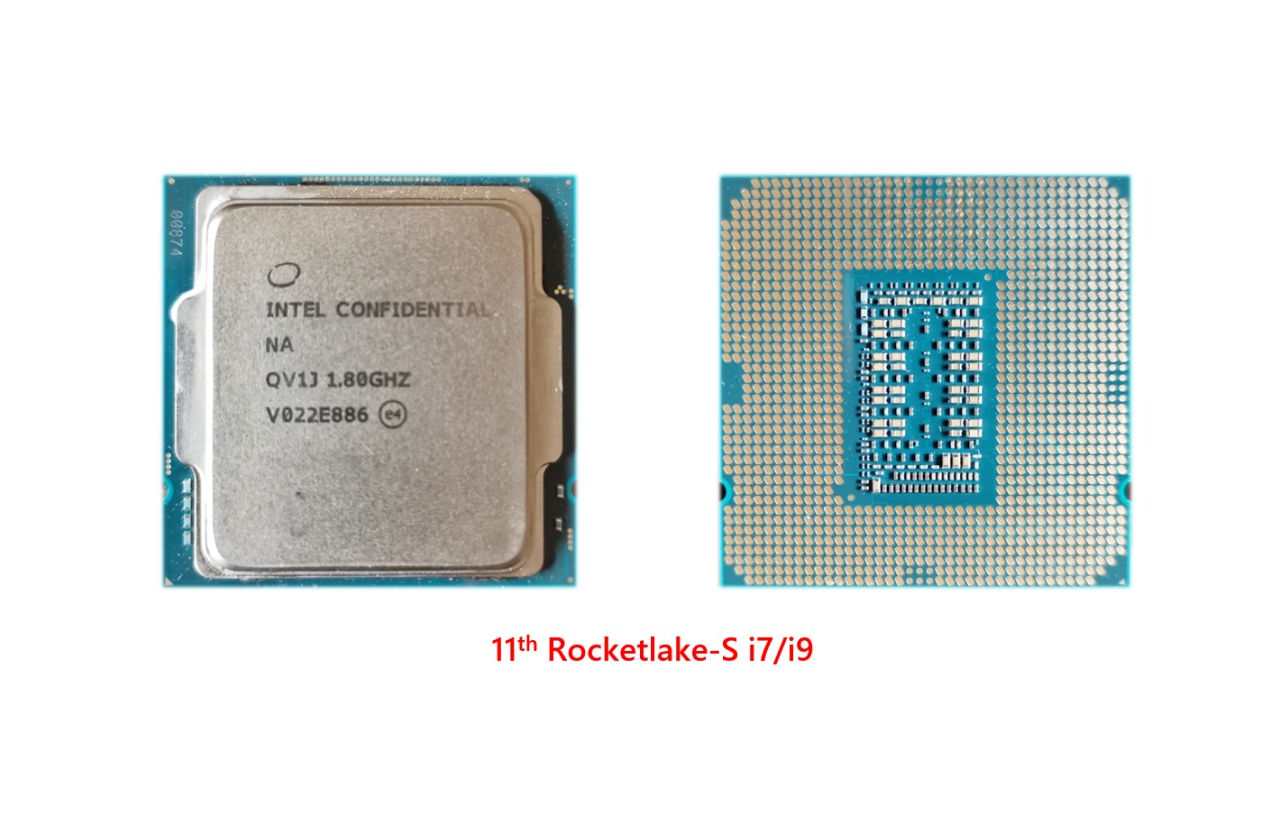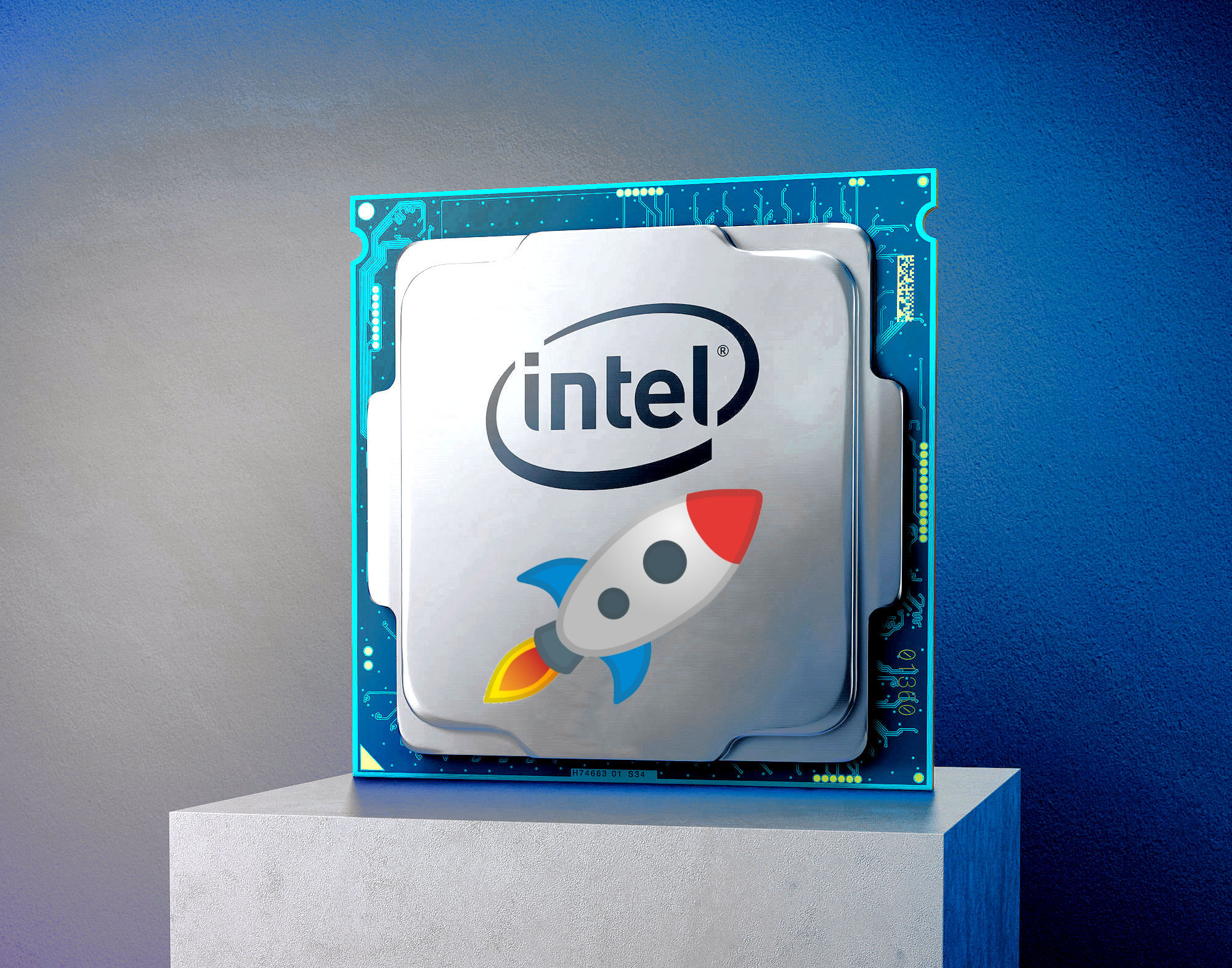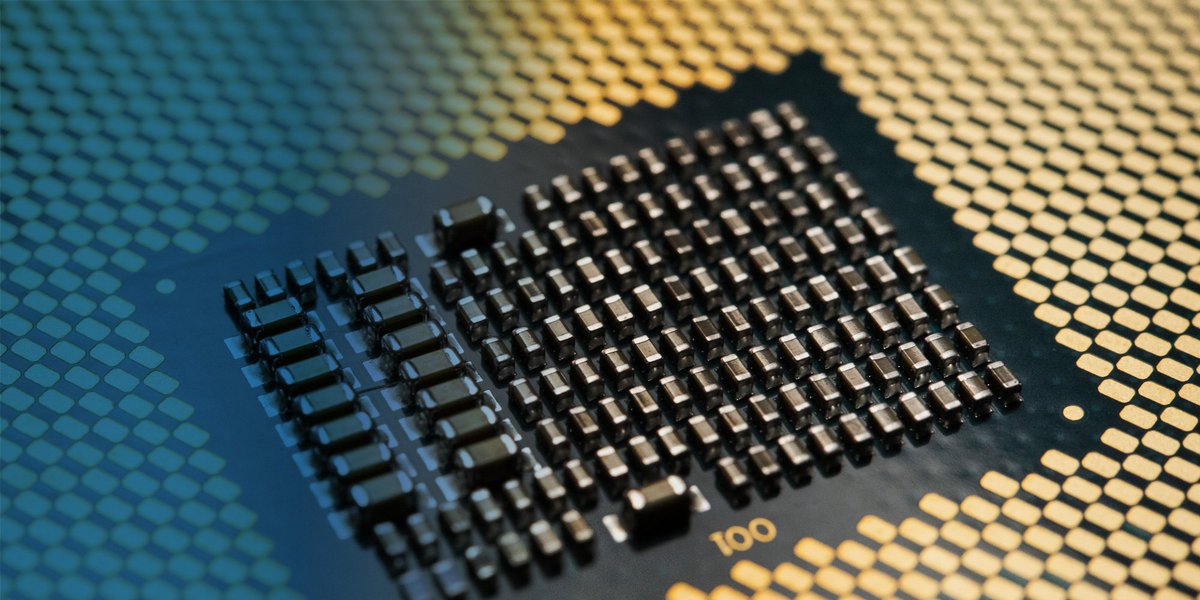You've repeatedly insisted that all the leakers are wrong about Rocket Lake performance, power, etc. It's increasingly apparent that you are wrong, and with that goes any ability to pretend you have insider or professional insight.
Apparent how? Oh right, your preferred leaks. Has there been a single leak with power measurement? No? Guess it's just faith on your part then.
Last edited:





